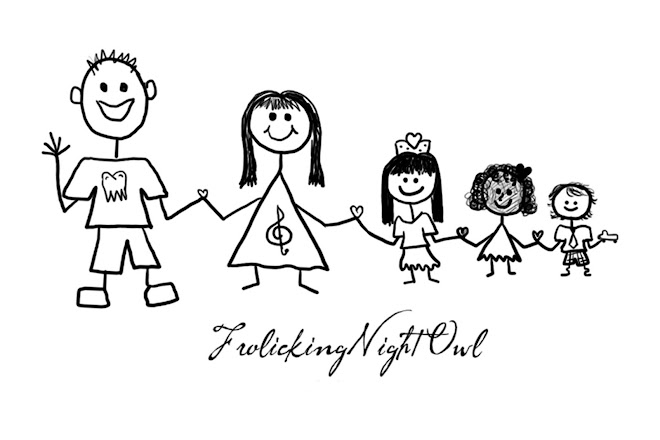My interest in vanilla extract was sparked.
I did some online research.
Did you know....
- that you are not always getting a bargain on your vanilla extract when you buy it outside of the USA? (ie across the Mexican border)
- that some vanilla extracts are not even made from vanilla, but from a different plant that contains coumarin, which has been banned from the USA because of it's potential toxic side effect?
- that coumarin tastes & smells like vanilla?
- that "bad" vanillas are still imported illegally and can be found in many ethic grocery stores and Mexican restaurants?
When buying vanilla, look for "vanilla bean" as one of the ingredients. If the vanilla is labeled "extracto de vainilla" or "vainilla", you may want to pass on that particular brand.
In the USA, if a vanilla extract has been made with something other than vanilla beans, it must be labeled "imitation". Imitation doesn't sound very appetizing to me.
More fun facts:
Thomas Jefferson is credited with introducing vanilla to the United States in the late 1700's. While serving as Ambassador to King Louis XVI of France, he became familiar with vanilla beans and brought 200 vanilla beans back with him when he returned to the United States.
There is no alcohol in your Madagascar Bourbon Pure Vanilla Extract. The term Bourbon is a geographic reference to the Bourbon Islands, Madagascar, Comoro, Reunion, Seychelles and Mauritius, off the east coast of Africa. In the 1800's, they were ruled by the French, whose ruling family at the time were the Bourbons.
A few drops of vanilla in a can of paint will help eliminate unpleasant odors!
A vanilla bean under your car seat gives a fresh aroma and helps eliminate musty odors.
The United States consumption of vanilla beans is approximately 1,200 tons per year!
Vanilla beans are hand-pollinated, on family plantations.
The entire vanilla cultivation process, from planting to market, can take from five to six years!
I use Molina vanilla which I buy here in AZ at the Mexican grocery stores. I believe I was able to find it in Pittsburgh at Reyna Foods down in the Strip District. I've Googled "Molina Vanilla" to try to learn more about that particular brand, but the jury is still out. As far as I can tell, it's safe & authentic. If you want to try Molina vanilla, it's available on Amazon as well as many other websites.
I love vanilla extract and I usually use it in place of other extracts ... like almond. I often use more than what most recipes call for, but I'm not typically excited to deal with vanilla beans, vanilla paste, and other variations of vanilla. I found this little conversion chart:
1 vanilla bean = 2 t vanilla extract
1 t vanilla paste or vanilla powder = 1 t vanilla extract
Or just dump in some vanilla!
Anyone out there done any comparisons of vanilla?


No comments:
Post a Comment
Thanks for stopping by today!!